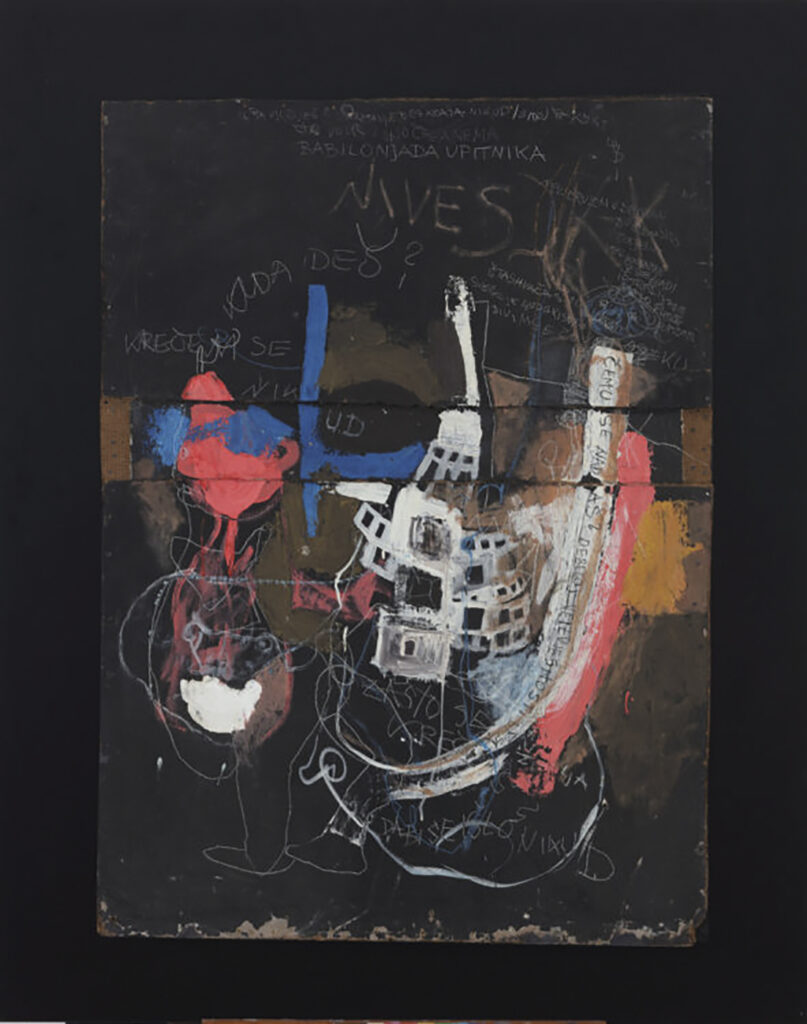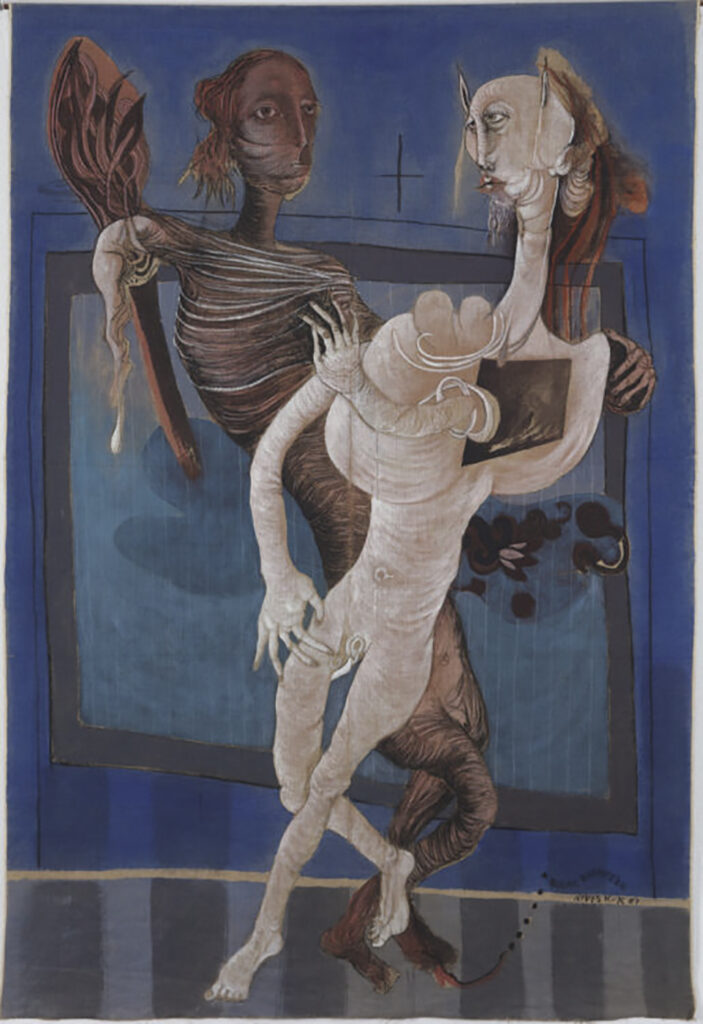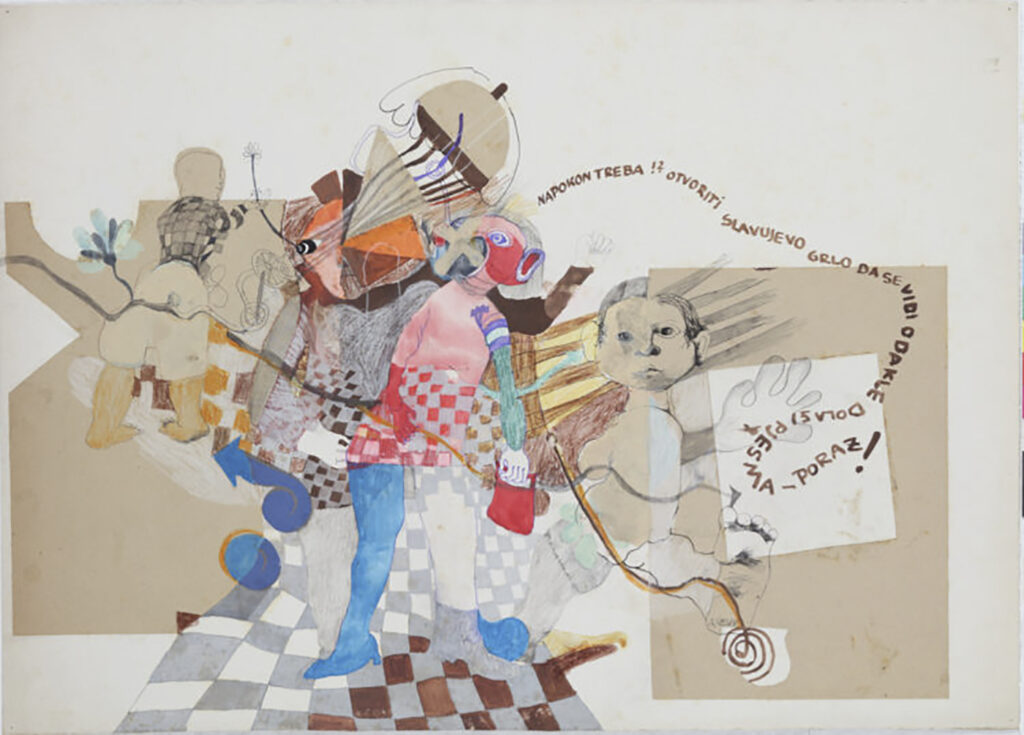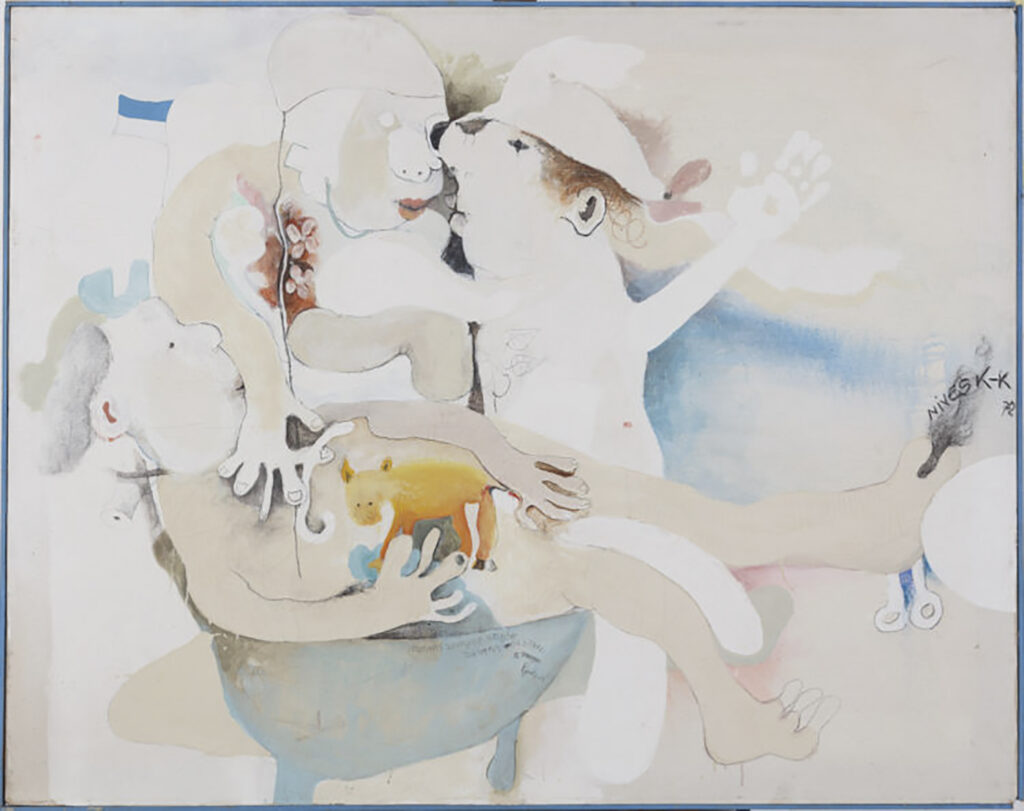Camille Claudel in 5 Sculptures
Camille Claudel was an outstanding 19th-century sculptress, a pupil and assistant to Auguste Rodin, and an artist suffering from mental problems. She...
Valeria Kumekina 24 July 2024
Nives Kavuric-Kurtovic was the first female Croatian Surrealist painter and one of the greatest artists of Croatian contemporary art. As a painter, she stood out with surreal figurative compositions, mainly of anthropomorphic shapes, recognizable by their beauty and deformity. Kavuric-Kurtovic was not a conventional artist; she defied traditional values. Her artistic expression was tragical and lyrical, characterized by ideas of female, sexual, and maternal experiences. Kavuric-Kurtovic was more than an artist; she was an explorer of the human consciousness.
Nives Kavuric-Kurtovic was born in 1938 in Zagreb in a family house built by her father, an architect. After high school, she enrolled in the Academy of Fine Arts, where she obtained a degree in Graphic Art. In the 1960s, she worked as an assistant in the Master Workshop of Krsto Hegedusic. This art community is remembered as a hip spot where top painters and intellectuals of that time gathered like Mladenka Holman, Marija Ujevic, Vlado Buzancic, Drago Ivanisevic, and Veselka Tenzera. About that time, Kavuric-Kurtovic said:
As a generation, we have dreamed and aspired to things that don’t belong to the material. Ethics, cognition, and investing in oneself, were the categories we aspired to. We were dreamers who wanted to change the world.
Soon after that period, she started working as a professor at the Academy of Fine Arts and became one of the first female members of the Croatian Academy of Science and Art. Kavuric-Kurtovic was a prolific painter. She called herself a work maniac and painted hundreds of paintings and thousands of drawings and illustrations.

Nives Kavuric-Kurtovic, Babylonian Question Marks, 1965, mixed media on hardboard. AWARE.
Her distinct painting is based on a lyrical and anthropomorphic image of a human figure, mainly female. They are grotesque, disembodied, and float in space. Kavuric-Kurtovic always painted and drew the inner being full of vulnerability, madness, doubts, and experiences. All these tensions and fears are recorded by our bodies. This is why the motif of floating bodies is notable so they can rise above the painful reality. Her rich opus of drawings and paintings is characterized by a recognizable style of harmonious colors, using prints and words and combining them in her work with subtle humor and irony. Words play a powerful role in Kavuric-Kurtovic’s art. They allow a profound immersion into her work and soul. In her own words:
The painter plays with language as well as line and color – inhale, breathe, exhale, and languish without a sigh in the end and finally touch the silence.
Her visual expression is surreal, characterized by the harmony of lines, color, form, and elements of Pop Art, Art-Informel, Art-Brut, and unconventional figuration.

Nives Kavuric-Kurtovic, Duality, 1987, mixed media on canvas. Matica Hrvatska.
The more I paint, the more I am closer to reality.
Kavuric-Kurtovic was obsessed with self-examination; her perception of life does not belong to material worlds but to an invisible one. Prone to black humor, tragedy, and introspection, she was called the Queen of Darkness. Most people run away from darkness, stubbornly clinging to the familiar parts of their internal and external worlds. We are afraid of death and the unknown, but Kavuric-Kurtovic explores these questions in a manner of a true philosopher. Through her work, we experience death as something close to us and interlaced with life itself. Kavuric-Kurtovic’s inner world is dominated by the presence of death and portrayed with tenderness. Viewing her art is an intimate act that requires a complete surrender to the unknown. Painting and drawing were essential for her, a reason for her existence.

Nives Kavuric-Kurtovic, With Our Throats against Singing, 1966, mixed media on cardboard. AWARE.
I am happy when someone lives with my artwork, not when they buy it for prestige.

Nives Kavuric-Kurtovic, Not Enough Happiness for a Love Story, 1972, mixed media on canvas. AWARE.
Nives Kavuric-Kurtovic died at the age of 79 in Zagreb. Her death was a great loss for Croatian art and culture. Without any doubt, she was the First Lady of Croatian Surrealism, always true to herself, never influenced by others. Her powerful imagination and need for expression made her one of the most exceptional contemporary artists. She has held over 100 solo exhibitions and participated in around 1,000 group ones. Kavuric-Kurtovic won numerous awards and recognitions. Many of her paintings and drawings are in museums, galleries, and private collections around the world. In 2014, she was included in the Art Collection of the European Parliament. From her entire oeuvre, she made a magnificent diary of her life full of darkness and joy.
Author’s bio:
Mira Ursic is a full-time Freelance Writer and an Archaeologist based in Split, Croatia. Right now, she works as an Art Coordinator in a gallery and part-time as a Yoga Teacher.
DailyArt Magazine needs your support. Every contribution, however big or small, is very valuable for our future. Thanks to it, we will be able to sustain and grow the Magazine. Thank you for your help!